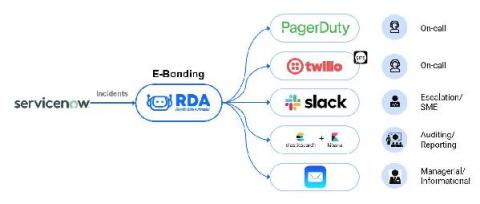Enterprise Alert Alarm Center. A NOC's best friend.
Over time, Enterprise Alert continues to grow and more and more teams are starting to benefit from Enterprise Alert’s reliable alerting. As part of this process, Enterprise Alert almost always becomes a central component of the NOC and has practically trained the NOC admins. For this reason, here in support we rarely have the pleasure of presenting the features of our alarm center.








